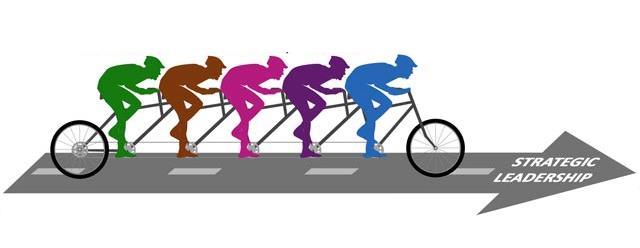Once the MNC decides to target a particular country, it has to decide the best mode of entry. Mode of entry means the manner in which the firm would commence its international operations. There are several entry modes, each with their own sets of advantages and disadvantages. A firm would have to decide which mode suits its circumstances best before it could be adopted.
The different entry modes are:
(1) Export entry modes: Under these modes, the firm produces in the home country and markets in the overseas markets.
- Direct exports do not involve home-country intermediaries and marketing is done either through direct agent/distributor or through direct branch/subsidiary in the overseas markets.
